Released in March 2015, the Galaxy S6 Edge was Samsung’s top-end smartphone at the time and one of the best smartphones in the DxOMark Mobile rankings in 2015. With a 16MP BSI CMOS sensor, a faster f/1.9 lens, and an optical image stabilization system, its camera specifications were a clear improvement over its predecessor, the Galaxy S5. The S6 Edge achieved good scores across the board back then. Read on to find out how this 2015 model performs when tested under our new and updated DxOMark Mobile test protocol that takes into account zoom, bokeh, low light down to 1 Lux, and motion in the scene.
Key camera specifications:
- 1/2.6-inch 16MP BSI CMOS sensor
- 28mm-equivalent f/1.9 lens
- Optical Image Stabilization (OIS)
- Single-LED flash
- 4K, 2160p@30fps, 1080p@60fp video
- 5MP 22mm-equivalent f/1.9 front camera
- 5.1-inch QHD display
Please note that for this article we have retested the Samsung Galaxy Edge S6 with our updated DxOMark Mobile test protocol that includes tests for zoom performance and quality of the bokeh, among other improvements. You can still find our original Samsung Galaxy Edge S6 review from April 2015, here.
Test summary
With a new retested score of 82, the Samsung Galaxy Edge S6 remains one of the highest-rated smartphone cameras tested by DxO. It takes third place in the DxOMark Mobile ranking overall, though that’s still seven points behind the Apple iPhone 7 Plus and nine points behind the two current leaders, the Google Pixel and the HTC U11 (with 90 points apiece).
Highlights of the Galaxy Edge S6 include a strong performance for both stills and video in bright light, with good detail and low noise and generally good dynamic range. It also has fast, smooth autofocus; reliable exposure and white balance; and efficient video stabilization. It’s less convincing in tricky backlit situations and when light levels tumble, however. As a single-lens camera, the S6 Edge also struggles with zoom and bokeh quality, which is reflected in its new DxOMark Mobile ranking, which is slightly lower than in the original protocol.
Bright light
The S6 Edge achieves a Photo sub-score of 81, and images taken in bright light conditions are very good, with generally good exposure, high levels of detail, and pleasingly realistic colors. Dynamic range is limited in high-contrast scenes, even with the Auto HDR feature that combines multiple frames quickly and automatically (with the aim of improving both highlight and shadow detail).
In bright light and well-lit indoor conditions, the S6 Edge renders fine structure details well when handheld and when braced on a tripod. The 100% crops below were captured at 1000 Lux. As you can see results compare relatively well to those of rivals, with images showing good detail and low noise levels, albeit with some slight pink cast from the camera’s choice of white balance.
The S6 Edge has fast and reliable autofocus with minimal delay that allows quick acquisition of your subject; however, the optical performance could be stronger. Images show some loss of sharpness in the periphery, occasional lens flare, some geometrical distortion, and slight haloing from moving subjects when shooting in multi-frame HDR mode.
Low light and Flash
The S6 Edge’s low-light performance is a little mixed, and not surprisingly, is not quite as convincing as that of some of the newer devices. On the one hand, autofocus is noticeably slower and there’s the occasional focusing inaccuracy. On the other, image quality is good, with relatively good detail and texture retention, as well as good noise control even at 100 Lux — which can be attributed to the built-in stabilization, the fast lens, and the camera’s choice of low ISO.
In very low-light conditions, between 1 and 5 Lux, the S6 Edge struggles. Images display severe underexposure as well as a very noticeable loss of detail, desaturated colors, and high levels of noise, particularly luminance noise. Below you can see 100% crops from images that were taken at 5 Lux handheld.
When shooting with flash, the S6 Edge achieves good exposure and reduces light fall-off despite given the single LED; however, the camera’s choice of white balance produces a slight pink-colored cast, and detail drops because of the choice of a high ISO.
Video
With a score of 83 points, the S6 Edge achieves a high overall video score on par overall with the Apple iPhone 7 Plus. The camera’s HDR capabilities are impressive and it has low spatial noise; however, our new protocol measures temporal noise and includes stabilization analysis, two areas in which newer devices outshine the S6 Edge.
Even though temporal noise levels are high by comparison with both the Google Pixel and HTC U11, and the introduction of artifacts from stabilization detract from overall performance, the S6 Edge is still capable of delivering high-quality video clips, especially in bright light.
Photo scores explained
The S6 Edge achieves a total photo score of 81. In this section, we look more closely at the image quality sub-scores that combine to make up the final DxOMark Mobile Photo score.

Exposure and Contrast
Samsung Galaxy S6 Edge
78
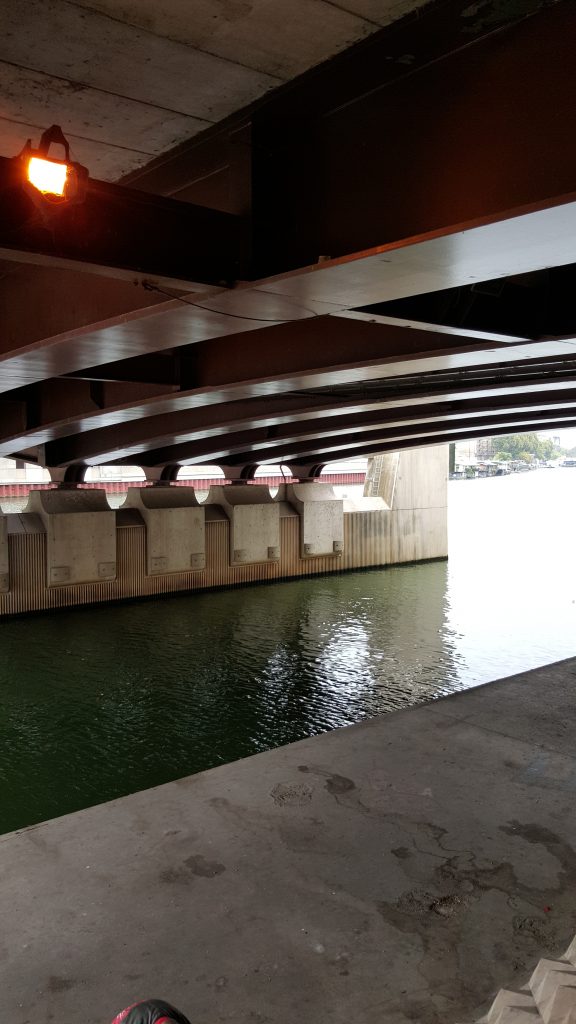
Some highlight clipping often occurs in high-contrast scenes.
The S6 Edge delivers mostly reliable exposure in most lighting conditions, except at very low light levels, at which images are severely underexposed. Furthermore, in scenes with high contrast, whether outdoor or indoor, the dynamic range is limited for a smartphone camera with a BSI CMOS sensor.
Shadows often remain underexposed and devoid of detail, and highlights are easily clipped or “blown out”; and in backlit portraits, faces are underexposed and left in shadow. Adopting the HDR option improves this, but not to the extent seen on the best devices. Overall, the images look realistic, but this is a matter of personal taste.

Color
Samsung Galaxy S6 Edge
75
The S6 Edge renders color well both in bright sunlight and under artificial light sources, looking both pleasant and realistic. However, white balance inaccuracies are common under all the tested lighting conditions, with images repeatedly showing a pink cast.
Under low levels of incandescent light (both tungsten and fluorescent), images display a green cast in the corners with a pink cast in the center (sometimes referred to as color shading or color vignetting).

Autofocus
Samsung Galaxy S6 Edge
73
In bright light the S6 Edge offers fast and generally reliable and accurate autofocus. In dim light, though, the autofocus slows down noticeably. With a score of 73/100 in bright light, it is, perhaps unsurprisingly, some way from the best devices we’ve seen, such as the newer Google Pixel and the HTC U11.
Detail (57)

Noise
Samsung Galaxy S6 Edge
66
S6 Edge images show excellent detail and very low noise in bright light and acceptable noise in low-light conditions (20 lux), but images lack detail and have highly visible noise in very low-light conditions down to 5 Lux.
The crops below are from test samples that were captured handheld in very low light. As you can see, the Galaxy S6 image shows little detail and high levels of luminance noise

Artifacts
Samsung Galaxy S6 Edge
65
While the S6 Edge performs well generally, especially in bright daylight, the faster f/1.9 lens is not without some shortcomings in terms of artifacts. Images exhibit a noticeable loss of sharpness towards the edges of the frame, and there’s both flare and mild distortion to contend with, as well as a slight cyan shift in certain areas of the sky. In high-contrast scenes, images display some slight halos along edges.

Flash
Samsung Galaxy S6 Edge
75
The S6 Edge does well with its single-LED for flash, with good exposure in all but the lowest lighting and minor fall-off at the edges; however, white balance displays the same pink cast evident in other conditions, and detail preservation is low.

Zoom
Samsung Galaxy S6 Edge
39
This parameter is included in the new protocol, and it’s one for which the S6 Edge fails to impress. Images from the S6 Edge display poor resolution at both mid and far distances, as well as high levels of moiré, particularly at mid-distance. In the samples below you can see that the iPhone 7 Plus with its dual-camera can produce a much cleaner and more detailed result than the Galaxy S6, even in very bright light.

Bokeh
Samsung Galaxy S6 Edge
15
As the S6 Edge has extended depth of field and no additional processing features to improve the way the image renders out-of-focus areas, it is not surprising to see a low score here.
Video scores explained
The S6 Edge achieves a total video score of 83. In this section, we look closer at the image quality sub-scores that combine to make up the final DxOMark Mobile Video score.
Exposure and contrast (85)
Video clips recorded with the S6 Edge generally show good exposure in bright lighting conditions, whether indoors or out, and adjustment between changing lighting conditions scenes is smooth and rapid.
The clips also have sufficient dynamic range in most light conditions, at least on par with some of the best and more modern devices on test, such as the Google Pixel, but some exposure inaccuracies in low light conditions bring the score down slightly.

Color
Samsung Galaxy S6 Edge
81
Some video clips show the very slight color shading that is prevalent in stills, and a warm cast is noticeable in low light levels, but the S6 Edge generally performs well. It has good color rendering in bright daylight and indoors, with accurate white balance — albeit with slightly low color saturation overall. The result is generally pleasing and realistic-looking.

Autofocus
Samsung Galaxy S6 Edge
77
When capturing video, autofocus in the S6 Edge is fast, smooth, and stable even under changing light outdoors. However, it’s a long way behind the best devices, such the Google Pixel, and the S6 Edge struggles with tracking changes of scene and stepping is visible between scenes. Autofocus is also a bit slow when light levels drop.

Texture
Samsung Galaxy S6 Edge
47

Noise
Samsung Galaxy S6 Edge
70
Video from the S6 Edge shows good preservation of texture and detail especially in bright light, along with low noise levels. A loss of fine texture and detail along with temporal noise is very noticeable in lower light, but overall, the S6 Edge performs reasonably well in all but the lowest light conditions.

Artifacts
Samsung Galaxy S6 Edge
83
When panning, video clips show a noticeable judder effect and ringing is visible in bright light, but the S6 Edge does very good of handling artifacts overall.

Stabilization
Samsung Galaxy S6 Edge
66
Video stabilization is a slight weakness on the S6 Edge. It works well using a good handheld technique, but it’s far less efficient when there’s much more movement involved, resulting in some jello effect and uneven sharpness over consecutive frames.
Conclusion: Still a solid performer
The Samsung Galaxy S6 Edge performs very well overall for both still image quality and video quality, but the fall in the overall score from 87 to 81 points is more a pointer to the extended capabilities of newer devices than anything else. Even without the bokeh effects, it remains a more-than-capable device for portraits and landscape photography, and the single-LED flash provides good coverage for social events and general indoor use.
Video shooters will appreciate the reliable and rapid exposure adjustment under changing light, along with good color rendering and accurate auto focus. It may lack some of the newer “bells and whistles.” but the S6 Edge is sure to remain a favorite among those in the know.


Pros
- Low noise levels in bright light and indoor conditions
- Good exposure in bright light and indoor conditions
- Fast, repeatable, and accurate autofocus in bright light
- Very good levels of detail in bright light and indoor conditions
Pros
- Good dynamic range
- Fast and smooth exposure transition
- Accurate and repeatable autofocus
- Good color rendering indoors and in bright light
Cons
- Limited dynamic range in high-contrast scenes
- Slow and occasionally autofocus in low light
- Poor image quality with zoom
- Underexposed flash images with pinkish cast
- Luminance noise in low light
Cons
- Limited autofocus tracking capabilities
- Color shading in indoor conditions
- Strong warm white balance cast in low light
- Stabilization artifacts indoors and in bright light (jello, frame shift, and sharpness differences over consecutive frames)
- Slightly high noise levels indoors and in low light
- Judder effect when panning in bright light


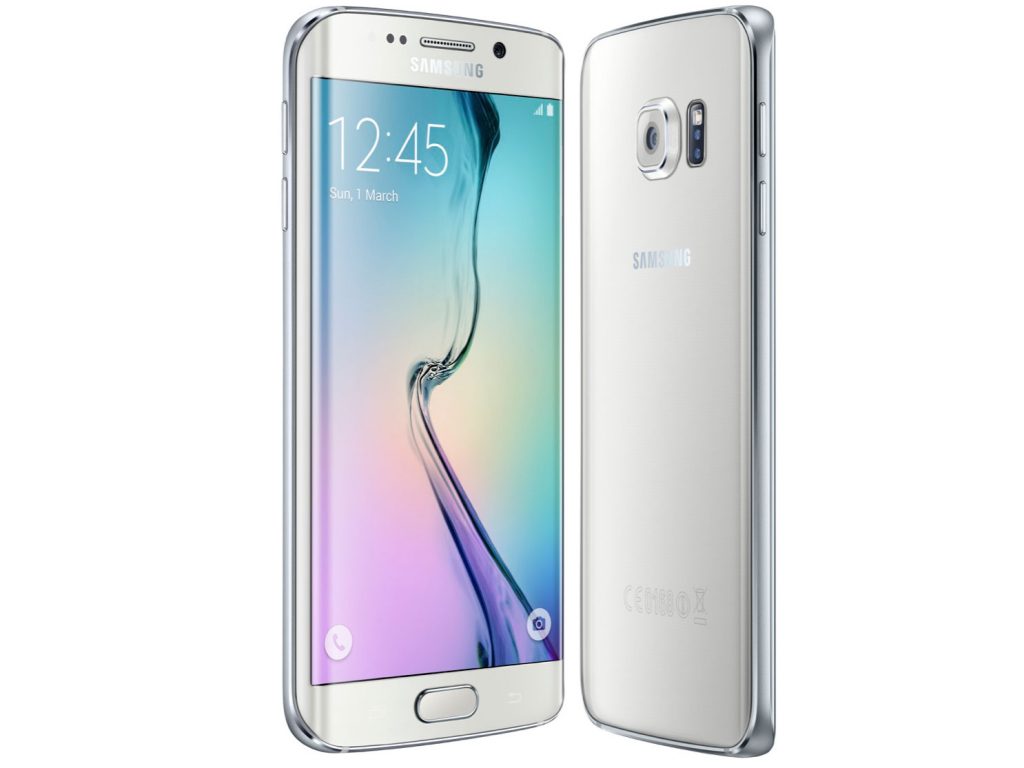




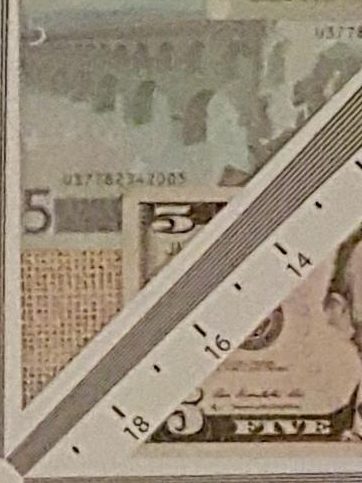

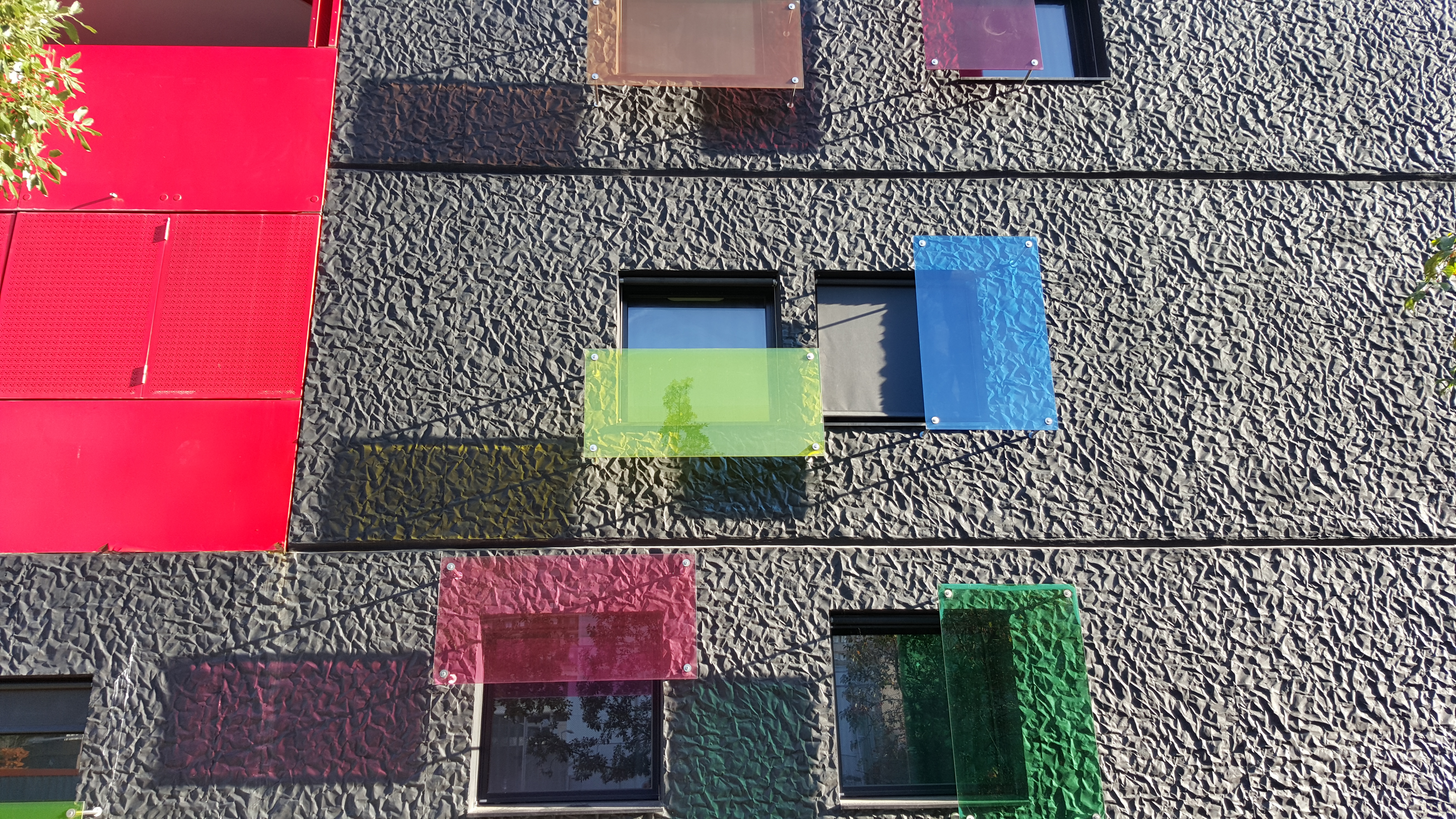
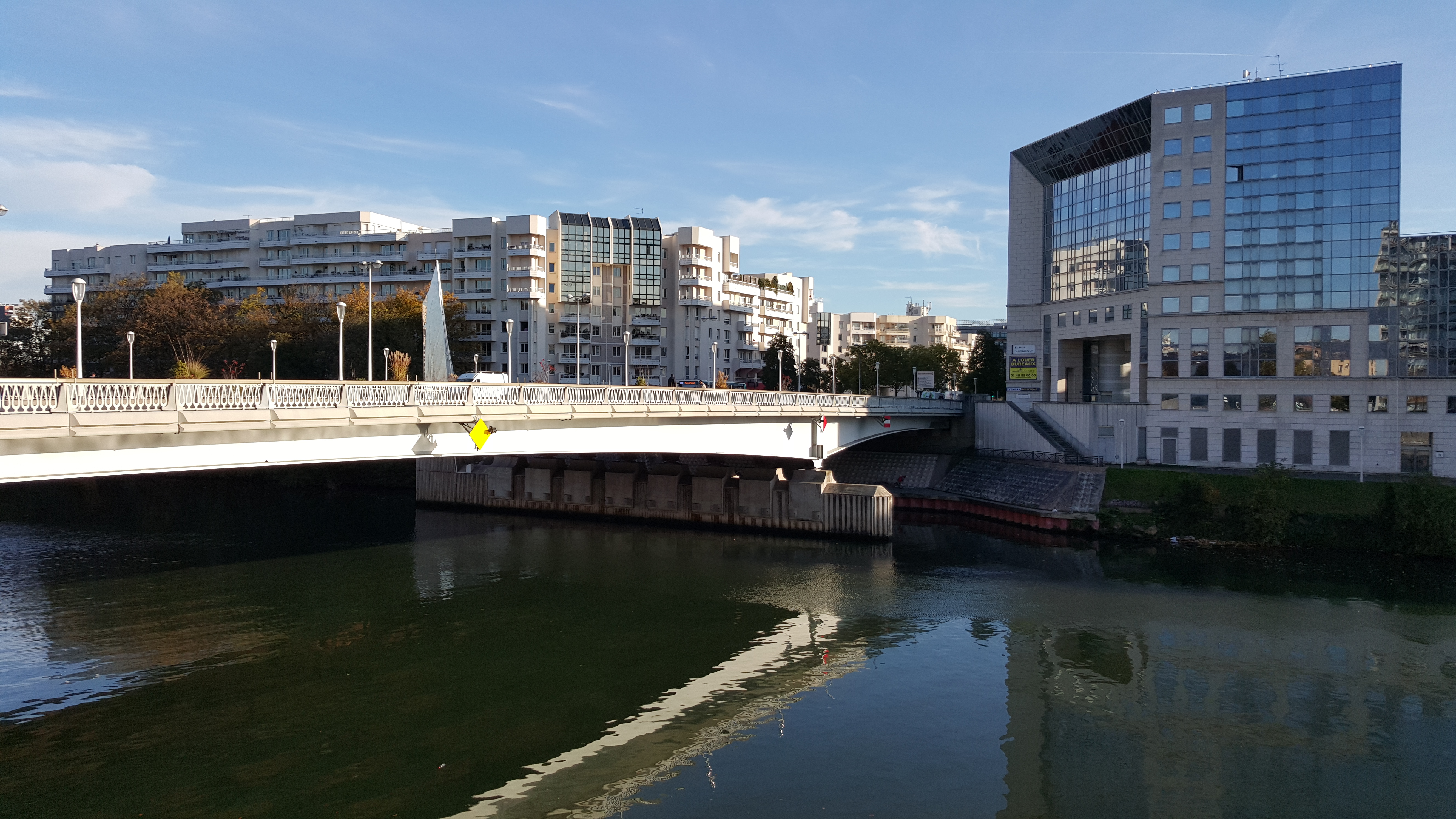
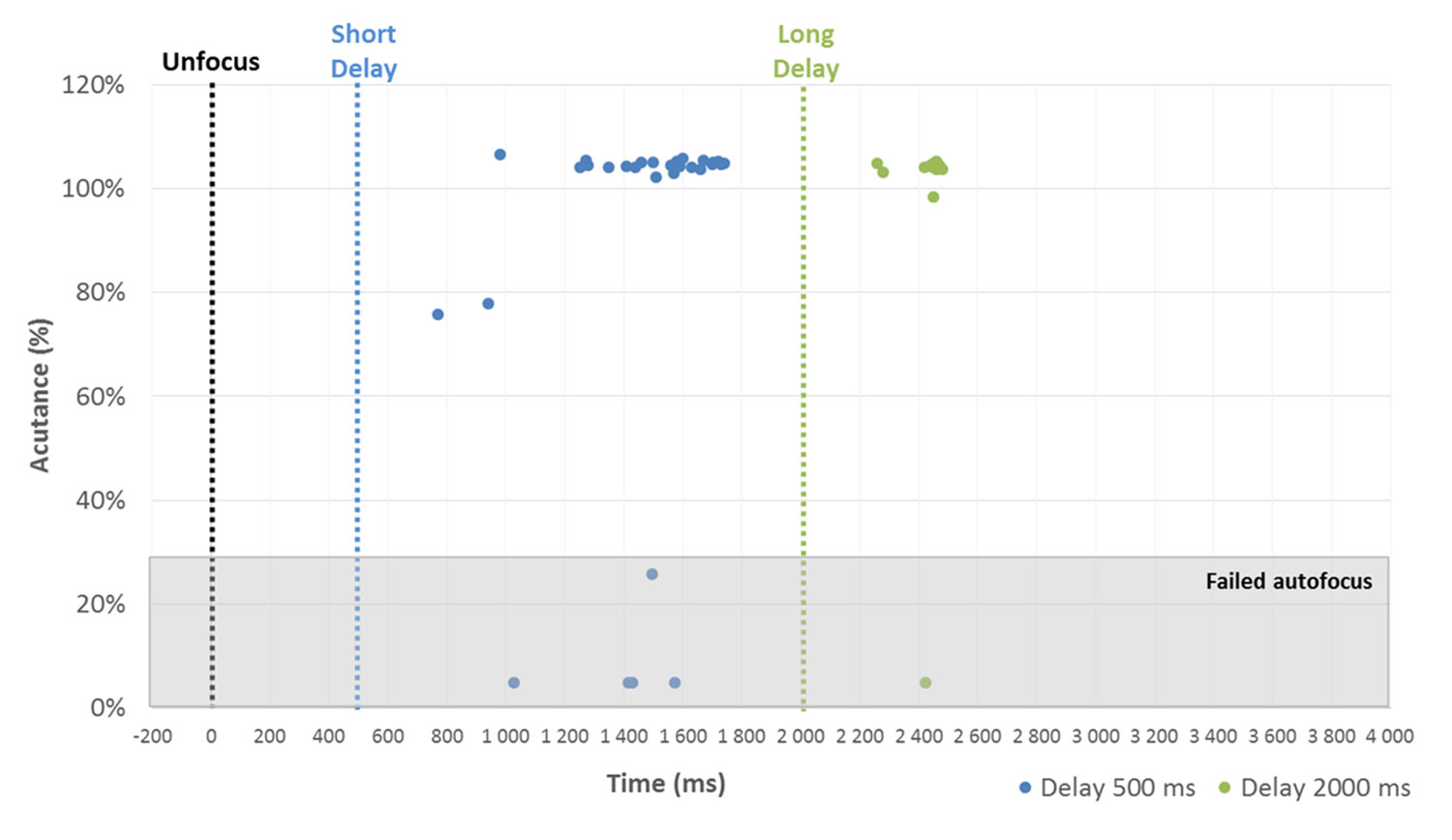



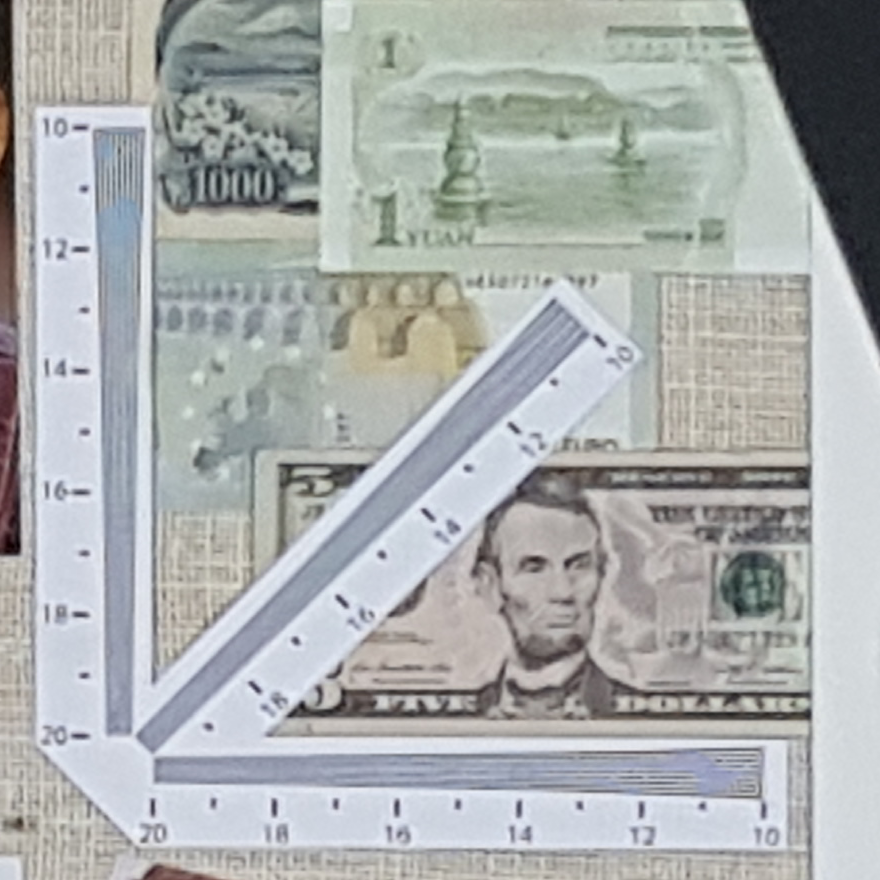
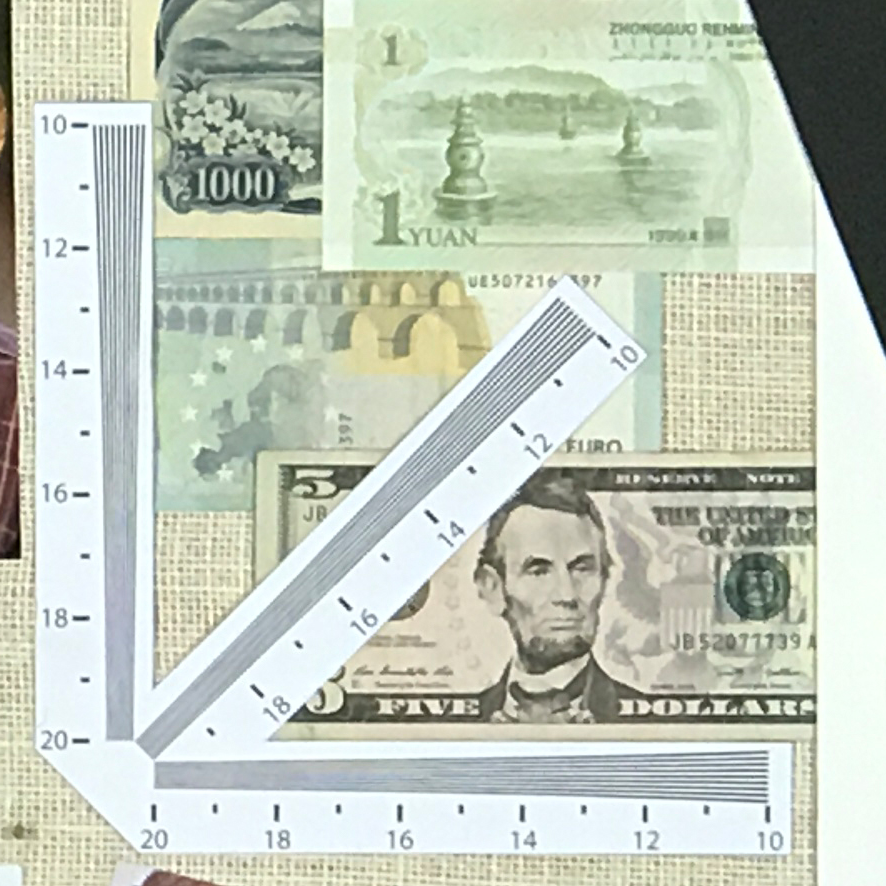
DXOMARK encourages its readers to share comments on the articles. To read or post comments, Disqus cookies are required. Change your Cookies Preferences and read more about our Comment Policy.